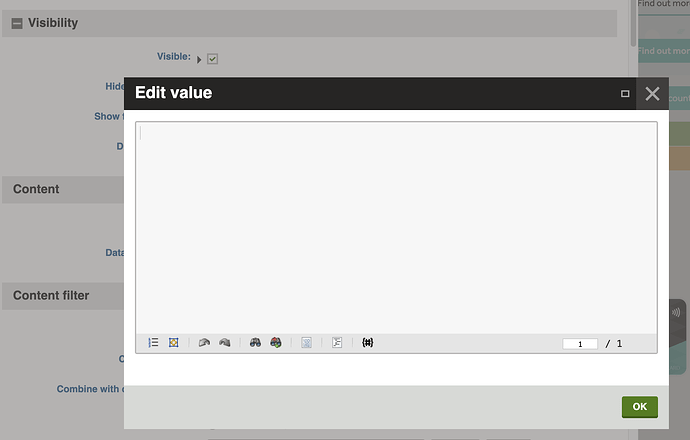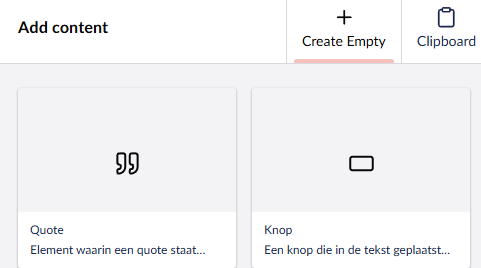You are right but It would be good for Umbraco to not go do what say Kentico has done.
Kentico with its “13” which they hardly done anything with is .NET core(new .NET) MVC but odd. Front end that but back end still portal.
They used to have a lot of easier to create things, web part concepts and so on but that is all gone and while they offer API features for most aspects of the system nearly everything now has to be “Build it yourself”. And they just put some sample code on the docs.
It is OK but considering the cost of it, its pretty dumb.
Umbraco is free but again, one of the big draws was the barrier to entry, the learning and the expansion. The barrier to entry will of course sometimes move up but I think it is loosing sight of some its attraction.
Remember in Umrbaco 7 and improved through 8 you could build your content pages and grid and various content items and you could see most of it rendered in output. Later you could get some examples of the core ones.
- You have pure Javascript and web components to create them - Great
- You can go further with the more Typesript etc output - Great
- If someone wants to just make a simple content card block and just at least have the basic content cards and info show for the end user in the grid so they have better context of what they are seeing - To much work right now.
And then as noted, the magic string are gone and the Umbraco team trying to build their own but it does not have any of the logic the previous implementation had and that will take work.
If you had that layer of say JS Liquid that worked in fields/Labels for basic string conditions to display names, default names and an easy way to tap into the models of your element / document types to be able to quickly create some back end output in your grid then you can focus on other things.
You can do some great stuff for your custom plugins etc and do complex things but I think you just need that quicker, lower effort option create your back end visuals for your custom components, labels etc. That liquid use can filter to the Umbraco forms as well for example.
It is not to do with being lazy or anything. But working on large web projects got far better things to do than have team sync time in making even basic output renders, especially when there is little to no documentation and hard to debug right now.





